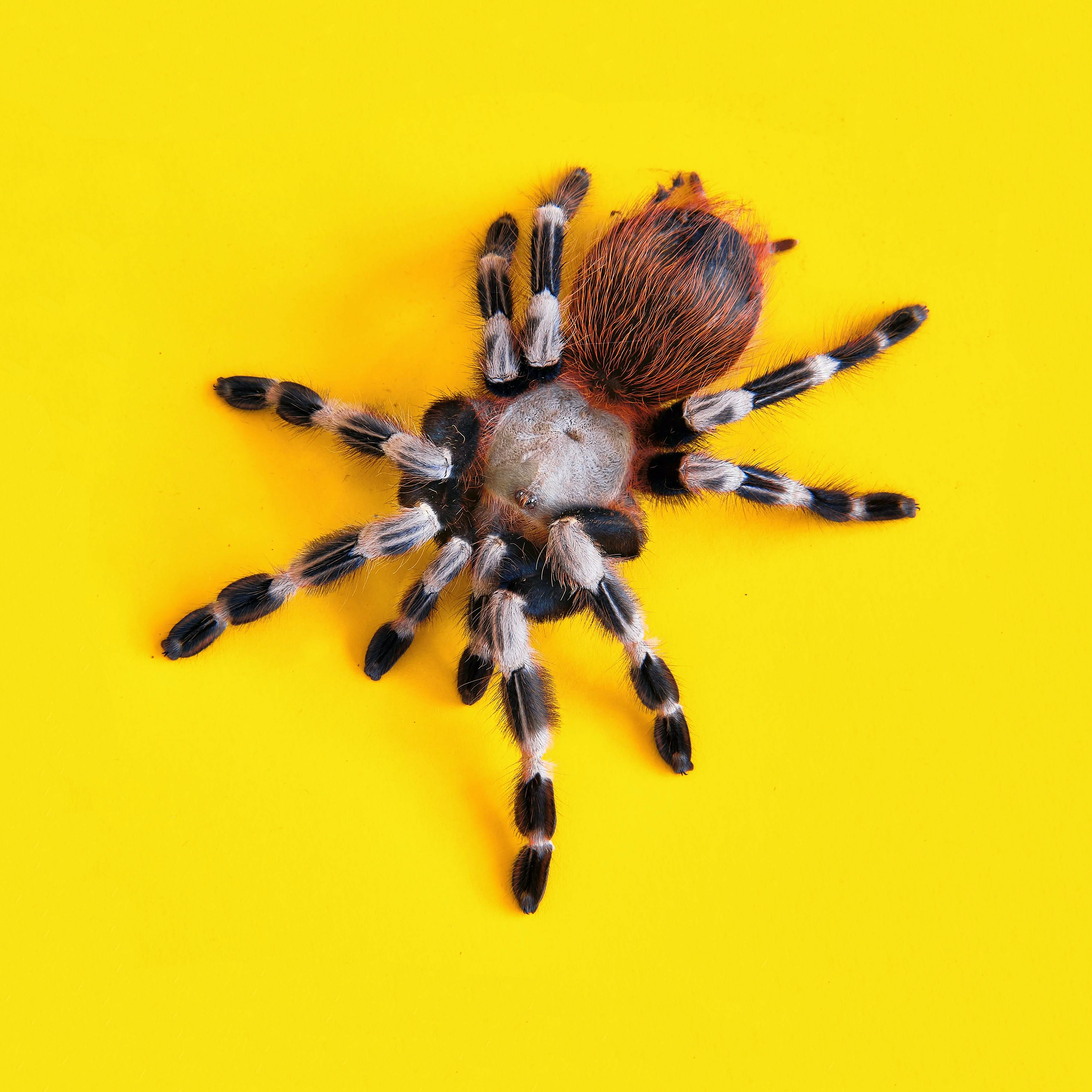According to Mittermeier et al. (1998), India is one of 17 megadiverse countries and boasts a remarkably diverse fauna with more than 89,000 species. There are 2,577 protists among them, 5,070 molluscs, 68,389 arthropods, 209 amphibians, 390 mammals, 456 reptiles, 119 members of the protochordata, 2,546 fish, 1,232 ave species, and 8,329 other invertebrates. India is also host to 7.6% of mammalian, 12.6% of avian, 6.2% of reptilian, 4.4% of amphibian, 11.7% of piscine, and 6.0% of flowering plant species.
Surveys carried out in the past in India have reported approximately 45,500 plant species and over 91,000 animal species, accounting for about 7-8% of the world’s recorded species. The variety of insects in India is primarily influenced by terrestrial habitats. The Animal Kingdom’s largest phylum, Arthropoda, contains about 11,49,248 species that have been identified so far. India has 68,389 different arthropod species that have been identified.
Arthropods are excellent biogeographical trend detectors. They have shorter generation times than vertebrates and many plants, and they can be plentiful enough to be sampled with little harm to the population. They can adapt and diversify swiftly due to their quick generation cycles and enormous brood numbers. In light of the consequences of the loss of biodiversity globally, they are of utmost importance.
Arthropods are important bioindicators for identifying and tracking changes in ecosystem health and integrity as well as defining efficient management strategies. Both perform vital ecosystem services. Numerous studies conducted in recent years have found dramatic decreases in the diversity and biomass of arthropods. Listings of many orders of insects has been done while the studies on ecological interactions between them have been scanty in the Indian subcontinent.
The World of Arachnida

The class Arachnida of arthropods comprises spiders, scorpions, pseudoscorpions, mites, and other similar creatures. As a result, 1,02,248 species of arachnids have been identified worldwide. One of the most numerous and species-rich orders of arthropods, spiders make up 7% of the entire arthropod community. They assist in maintaining the equilibrium of the local insect population since they are skilled predators. Despite their small size, spiders are ecologically significant because they are a common predator of other forest litter arthropods.
A Variety of Applications
These days, a wide variety of products are made using spider silk. The production of insecticides is currently being examined in spider venom as well. The venom’s neurotoxins are the underlying factor for this. In order to make tinctures, living spiders are placed in 100% alcohol to create homoeopathic medicines. They are frequently used as bioindicators to assess how human disturbances affect natural ecosystems. In a variety of habitat types, they are among the most numerous arthropods . Their presence is typically correlated with environmental elements like vegetation composition and soil moisture as well as other forms of waste management practises.
They are excellent fits for biological pest management since they have the capacity to both reduce and stabilise the insect population. Spiders have a significant predatory effect on invertebrate herbivore pests; thanks to their extensive range of predatory behaviours, they can occupy a variety of spatial and temporal niches, and species distribution and assemblages are influenced by environmental factors and natural or human disturbances.
These qualities of spiders, as well as their commonality and ease of collecting, make them suitable markers of ecological changes and the results of land management, prey availability and habitat quality.
Essential yet Understudied
Compared to other regions of the country, the Eastern Ghats have a relatively understudied group of spiders. After the work by Pockock (1899) and Gravely (1924), there aren’t many records describing the arachnofauna of the region. Proszynski (1992) in his monograph on Salticids of the Worlds, Tikader in the State Fauna Series by ZSI from the late 1900s, Fauna of British India, and the most recent checklist on spiders by Choudhury et al., 2019 are some of the more renowned research published on arachnofauna.
The Eastern Ghats region is home to a wide variety of arachnids due to their topographical, climatic, and ecological characteristics. Only spiders have been studied among these; though an accurate inventory of the remaining arachnid orders is still pending. The class Arachnida, a very important group of non-insect Arthopods that makes up the key predator taxa for insects that are found in numbers around three times as great as their own worldwide, offers plenty of opportunity for taxonomic study. However, research on the spiders in this region hasn’t been done much up to this point.
At present, there is an urgent need to conduct baseline studies for preparing inventories, faunal and floral surveys, and systematic studies to document the existing biodiversity in these ecosystems and to provide information which is crucial for conservation efforts. But this isn’t enough to prove the significance of including the less known arachnids as indicators of major biodiversity erosions. The habitat usage and spatio-temporal distribution patterns would predict the health of the vegetation.
Since the spiders are an all- predator group therefore the inter taxa relationship with its prey and predators must maintain a balance, thereby conserving the natural process of energy flow in the habitat is a major concern. A major focus needs to be given to these taxa and understand their relationship with the ecosystem and biota.
Help us Help Them! Think Wildlife Foundation is a non profit organization with various conservation initiatives. Our most prominent campaign is our Caring for Pari intiative. Pari is a rehabilitated elephant at the Wildlife SoS Hospital. 25% of the profits from our store are donated to the elephant hospital for Pari. Other than buying our wonderful merchandise, you could donate directly to our Caring For Pari fundraiser.
Written by: Shreya Pandey
